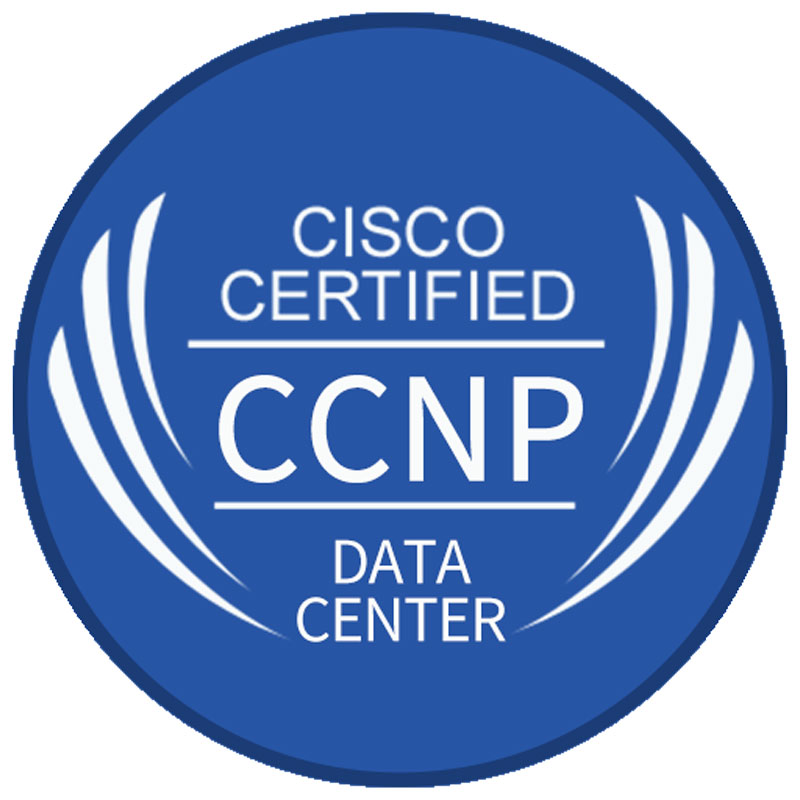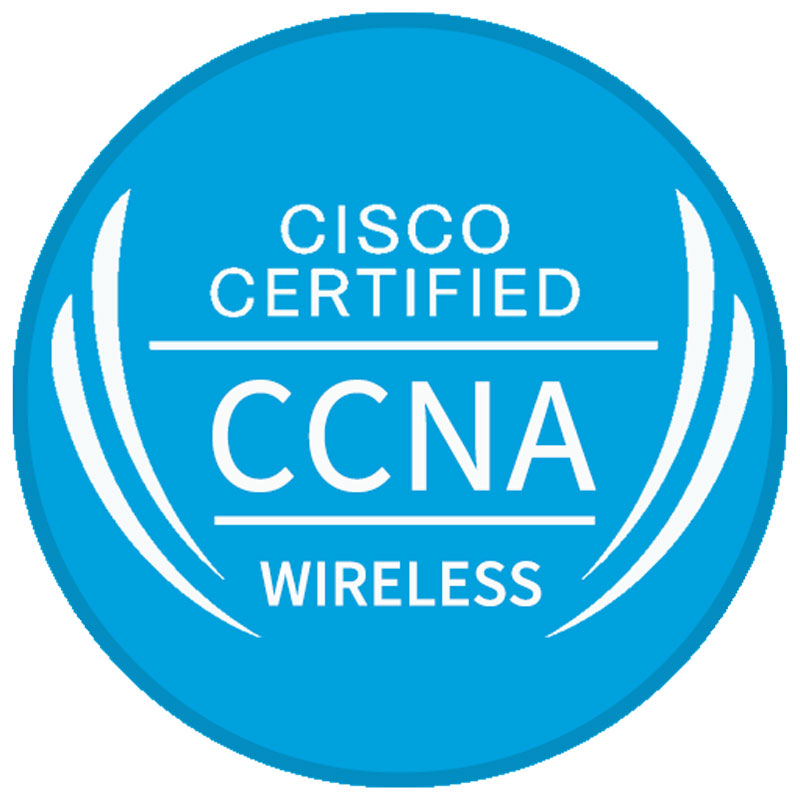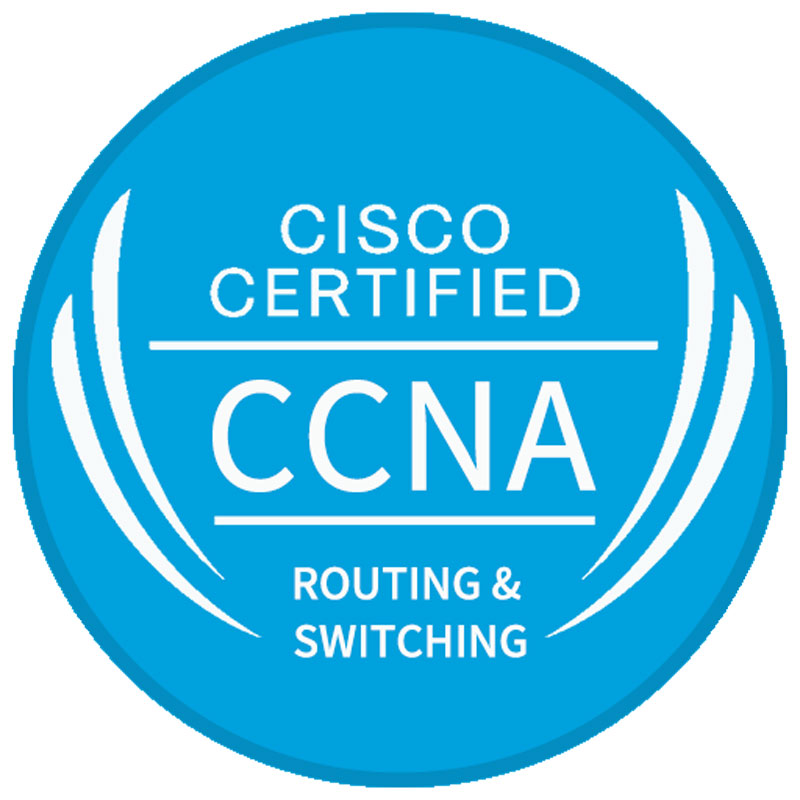Free Cisco Written Dumps
For Top 50 Purchases 01:59:56
X
Comparison of the ASA NAT8.3
The comparison of the following commands is summarized by an engineer on the Internet. The personal feelings are summed up well. The special records are as follows and some examples are given. After the ASA configuration 8.3 is mainly the biggest change in NAT, basically restart. It mainly means to define an object first and then call the object. Obviously, this is to learn from other manufacturers. It also shows that Cisco is not self-sufficient and is constantly learning and improving. However, I think it is hard to understand after 8.3NAT. Of course, this is personal idea so you have to relearn the configuration. I remember that when I was configuring it, it took me half a year to understand the meaning of these NATs. In the configuration or often in the project configuration error that I also cannot find the reason. I suggest you guys can slowly try in the project. It is possible to really understand the following commands.

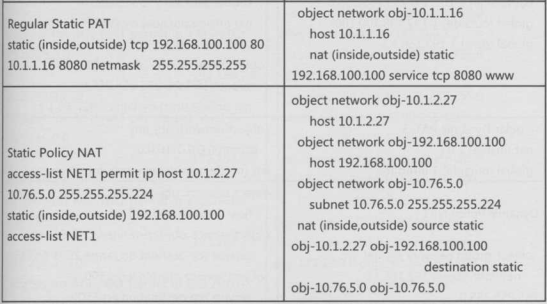
The above configuration is the most commonly used one-to-one static mapping, mainly to do some mapping to the server, so that the external network can access, it is obvious that the mapping does not call the currently defined parameters, so far, still do not understand the reason. The second mapping is port mapping. This is very common and is the most used in the project. The client has only one public network address, but needs to do different services for different servers, so it is distinguished by port. Note that the complete configuration also has the following commands, which need to be released and applied to the interface.
object network 192.168.1.1
host 192.168.1.1
nat (inside1,outside) static interface service tcp 80 80
nat (inside1,outside) static interface service tcp 443 443 access-list 101 extended permit tcp any host 192.168.1.1 eq 80
access-list 101 extended permit tcp any host 192.168.1.1 eq 443
access-group 101 in interface outside
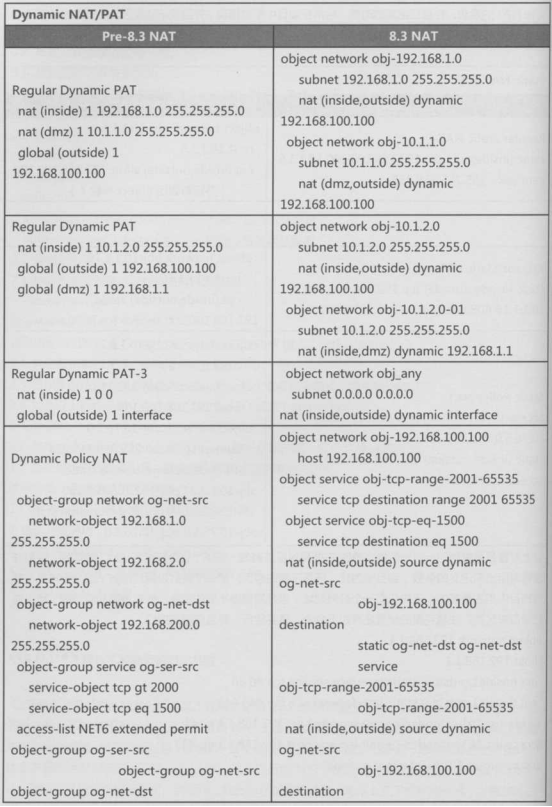
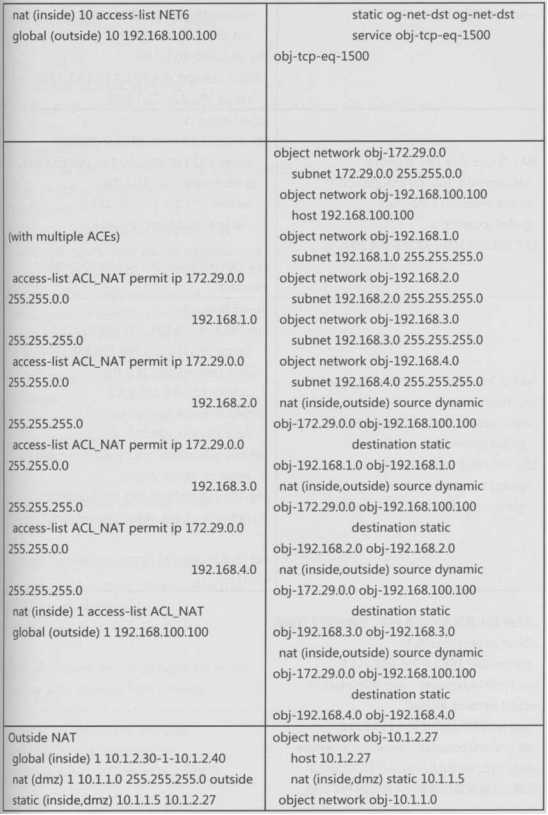
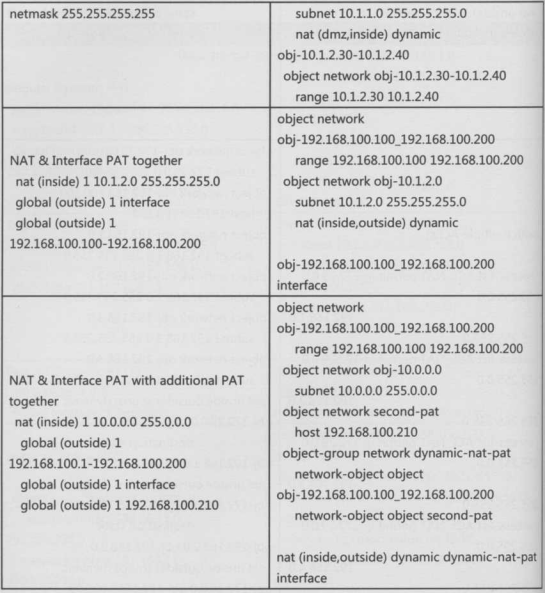
The most commonly used of the above configurations is PAT.
object network inside1
subnet 192.168.1.0 255.255.255.0
nat (inside1,outside) dynamic interface
object network inside0 subnet 192.168.0.0 255.255.255.0
nat (inside0,outside) dynamic interface
route outside 0.0.0.0 0.0.0.0 18.12.18.13
Note: The above configuration is the PAT conversion of multiple internal network ports.
Recommend PASSHOT for everyone, this is a website with a lot of articles about Cisco technology, and if you want to test Cisco CCIE Written exam or Cisco CCIE LAB exam, you can consult here, you can guarantee 100% pass the exam.
Cisco Dumps Popular Search:
ccnp 300-101 practice exam ccnp switch 300-115 dumps how to master ccnp switch review ccna test questions and answers ccnp switch course outline ccie lab configuration examples ccnp tshoot topology ccna global exam question answer pdf ccie security lab eve-ng ccnp 300-135 book pdf
Copyright © 2025 PASSHOT All rights reserved.


